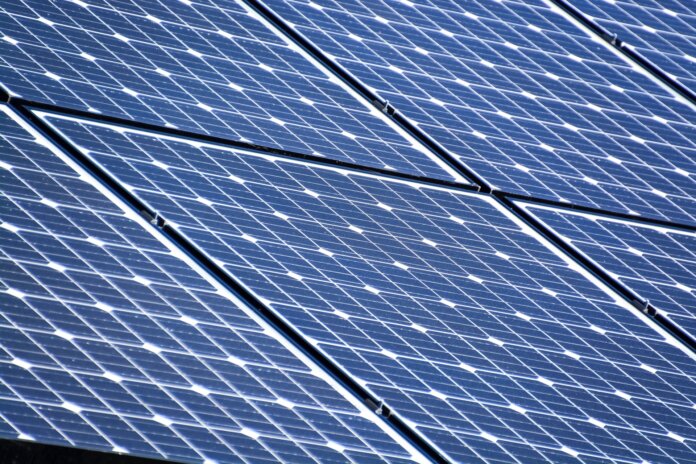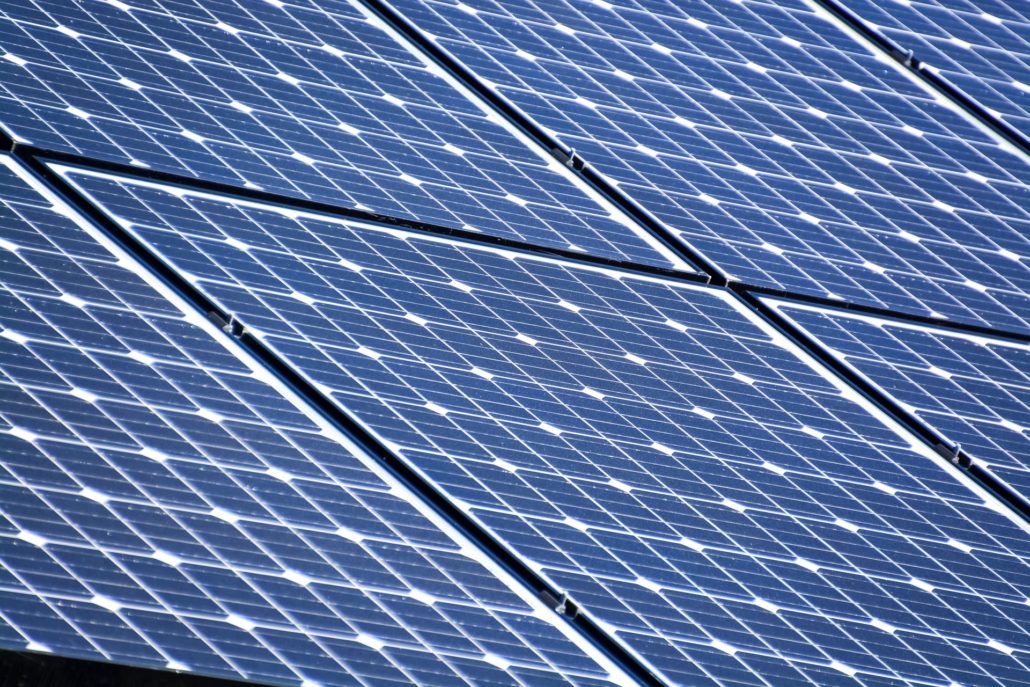
The U.S. Department of Energy (DOE) has published “America’s Strategy to Secure the Supply Chain for a Robust Clean Energy Transition,” a comprehensive U.S. government plan to build an “energy sector industrial base.”
The strategy examines technologies and crosscutting topics for analysis in response to Executive Order 14017 on America’s Supply Chains and is part of a whole of government approach to chart a course for revitalizing the U.S. economy and domestic manufacturing by securing the country’s most critical supply chains.
The energy sector has seen significant changes. These include rapid cost reductions and increased deployment of solar or wind energy. There has also been significant digitization and strain on the U.S. electricity grid.
The sector’s rapid evolution will be a result of continued innovation, investment trends within the private capital market, and the urgent need for global climate change mitigation. Demand for clean energy is projected to increase dramatically as the U.S. works toward the nation’s climate goals to cut emissions in half by 2030, create an emissions-free power sector by 2035, and achieve net zero emissions economy-wide by no later than 2050.
DOE recognizes the importance of a reliable and secure energy supply chain to achieve these goals and capitalize on the economic opportunities inherent in the energy revolution. DOE, along with its comprehensive strategy report, developed 13 deep dive assessments of specific technologies and cross-cutting topics. This was done in consultation and collaboration with energy sector stakeholders.
Land-based wind turbines: Meeting logistical requirements
Land-based wind component sizes are increasing, and sometimes exceeding the rail and road size limits. This means that there is a decreasing number of routes for components to be transported from ports or factories into deployment sites.
The permit requirements for large components are different from one state to the next. Large components may be transported across multiple states and several counties in order to reach their destinations. As wind components get larger and wind deployment increases, remaining routes are likely to become increasingly congested, and complying with disparate permit requirements more difficult and costly – unless addressed with smart policy interventions.
Offshore wind turbines: Increasing port and vessel infrastructure
Specialized port infrastructure and Jones Act-compliant specialized vessels are required for offshore wind development. The lack of certainty in offshore wind demand in the near future is a challenge to the business case for such investments. This uncertainty is further exacerbated by a lack of specialized vessels, port infrastructure, and other infrastructure.
The lack of sufficient specialized ports infrastructure and vessels could cause significant bottlenecks as offshore winds installations increase in this decade. This could pose a risk to both achieving the 30 GW offshore wind deployment goal by 2030 and wider supply chain development.
Building a solar supply network that isn’t dependent on China
As countries strive to meet their climate goals, the global demand for solar PV will increase. The right combination of incentives and targeted policies could allow the solar PV industry to respond quickly at home and around the world to diversify the global supply chain and reduce dependence on China.
A significant amount of financial support and incentives could be provided by the U.S. government to encourage the revival of a strong domestic manufacturing sector. The U.S. Government has the opportunity to maximize U.S. production, reshore U.S. production and expand opportunities abroad by developing a strategy to diversify global solar PV supply chains and increase global production. To meet the expected domestic demand of 40 GWDC per year by 2030, $8 billion in domestic supply chain infrastructure investment is required.10 DOE estimates that domestic solar production capacity could reach 10GWDC in two years, 15GWDC within three years, or meet the current domestic demand for 25 GWDC in five years.
You can read the entire report here.
Image by Jeremy Bezanger, Unsplash
